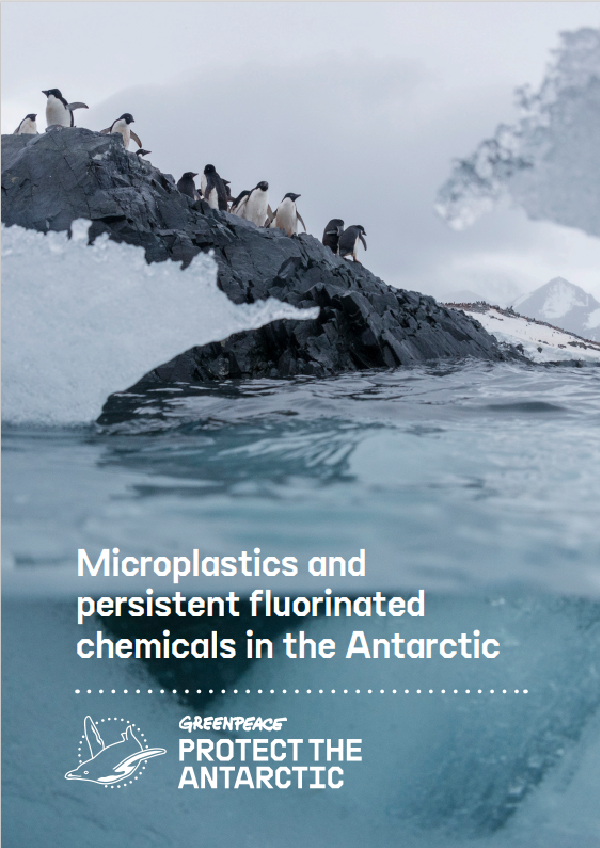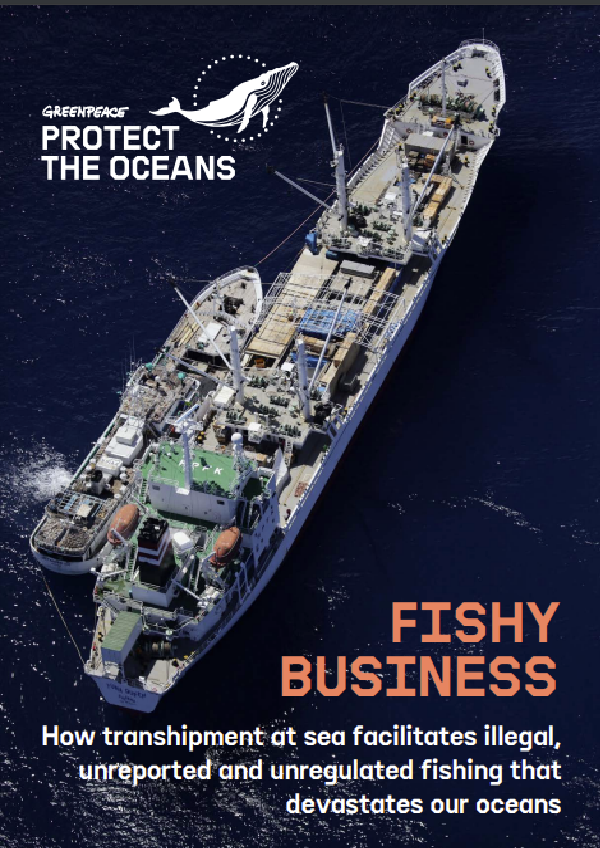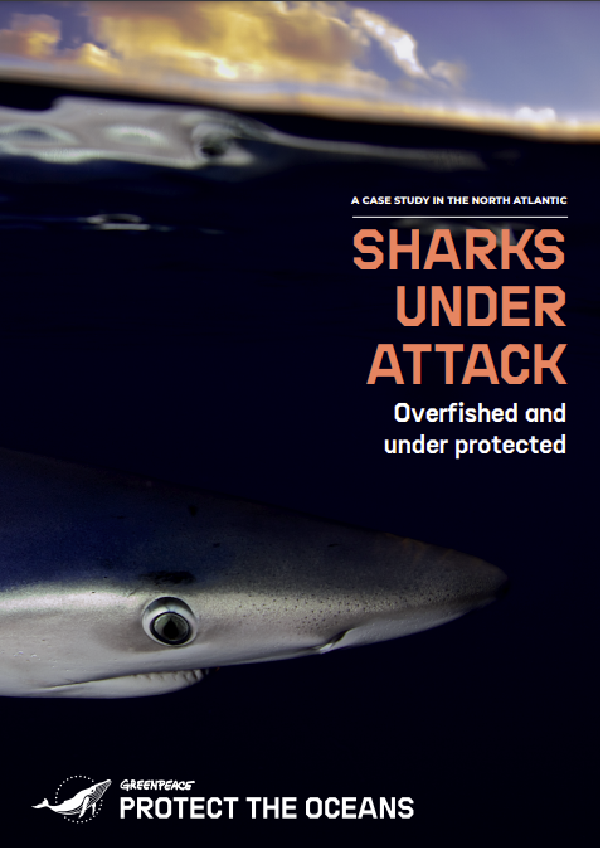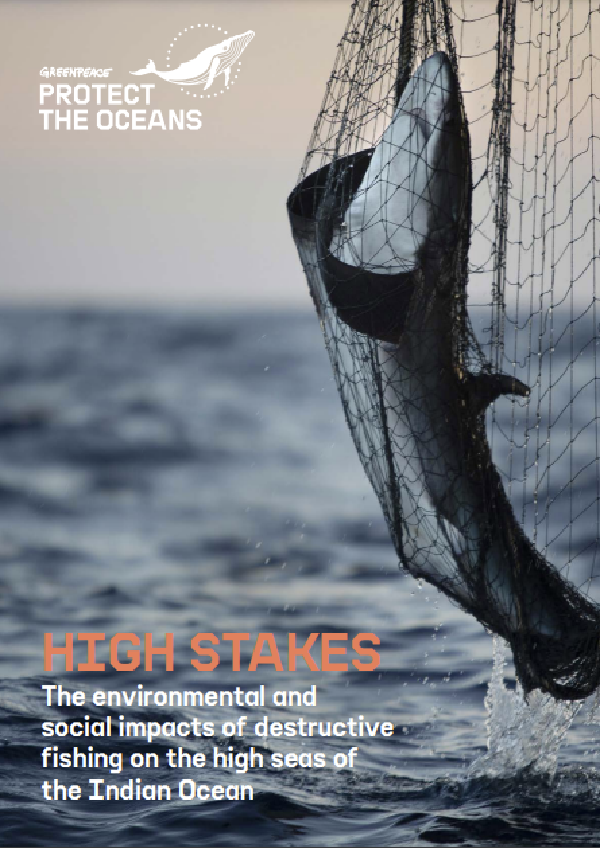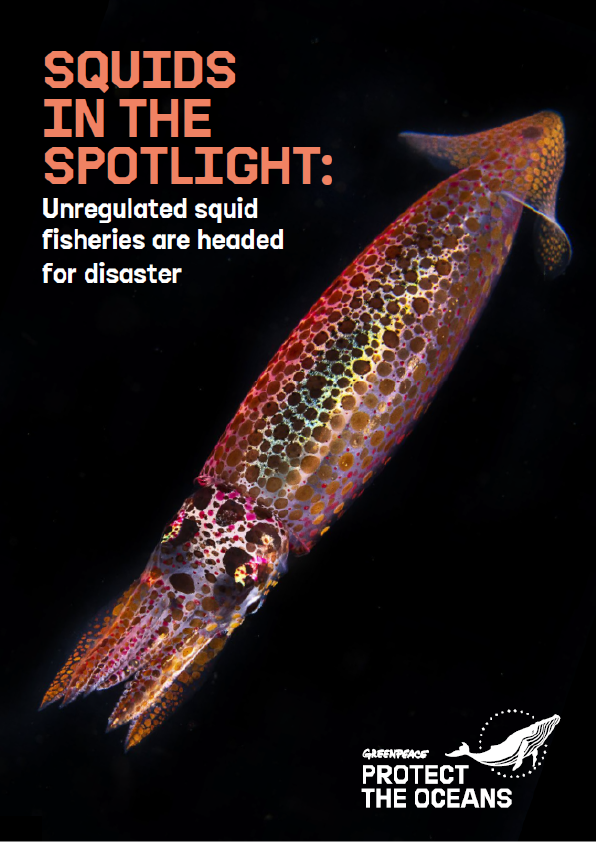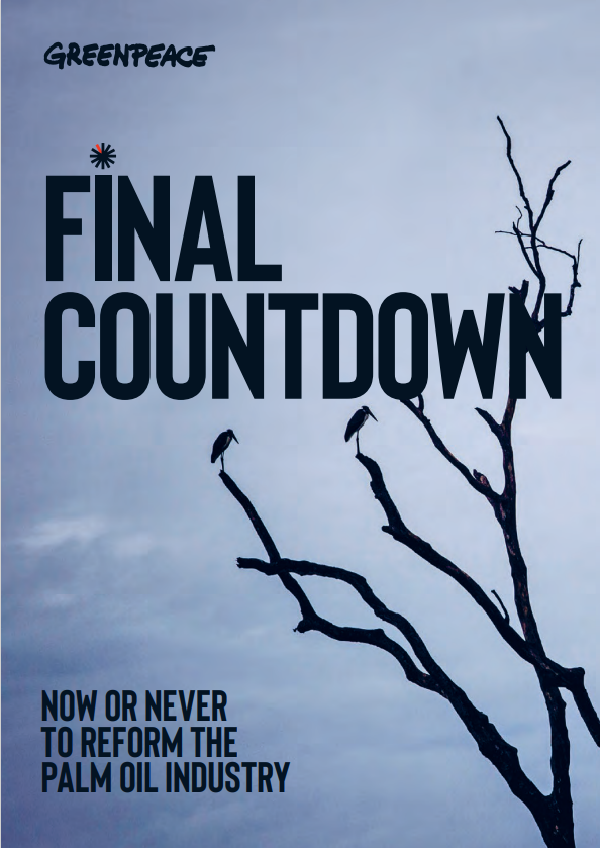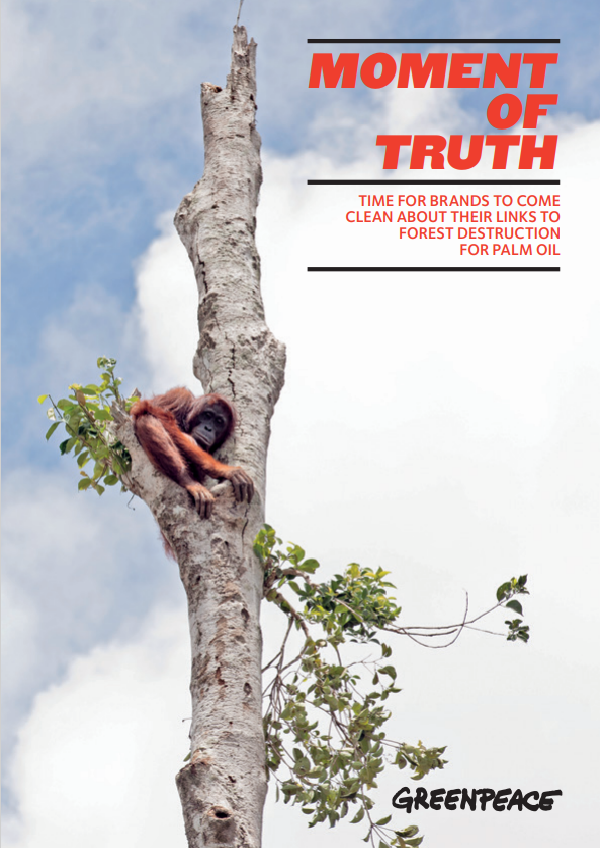In early 2018, Greenpeace undertook an expedition to the Antarctic to carry out scientific research, including seabed submarine dives exploring little-known benthic ecosystems and sampling for microplastics and persistent chemicals, in order to learn more about biodiversity and pollution in this remote area.
This briefing presents the findings of the sea surface water samples and manta trawl net samples taken to investigate the presence of microplastics in Antarctic waters, and the snow samples were taken to analyze for the persistent and hazardous chemicals, per- and polyfluorinated alkylated substances (PFAS).
The samples show that even the most remote and pristine habitats of the Antarctic are contaminated with microplastic waste and persistent hazardous chemicals.
Microplastics:
• Seven of the eight seawater samples that were tested contained microplastics, with at least one microplastic fibre per litre. With limited data available on the presence of microplastics in Antarctic waters, these significant findings provide a valuable addition to datasets, confirming the presence of contamination in the region.
• In addition, nine samples were taken using a manta trawl and analyzed for microplastics. Microplastic fragments were detected in two samples.
Chemicals:
• Detectable concentrations of PFASs were found in freshly fallen snow at nearly all of the sites where samples for PFAS analysis were taken. A total of nine snow samples and six water samples were taken.
• PFASs are a group of chemicals widely used in industrial processes and consumer products and have been linked to reproductive and developmental issues in wildlife. The snow samples gathered included freshly fallen snow, suggesting some of the hazardous chemicals were atmospheric and not from a local source. The chemicals are persistent and degrade in nature very slowly.
Greenpeace’s Antarctic investigations add valuable new data to the scientific investigation of contamination in the Antarctic region. The findings confirm the presence of persistent microplastics and hazardous and persistent chemicals (PFASs) in remote regions around the Antarctic Peninsula and the Bransfield Strait, including in areas that are being considered for protection because of their importance for wildlife. The findings for microplastics are within the range of other scientific studies on seawater in remote regions. Given that there is little data for microplastics or microfibres in Antarctic waters these investigations provide new information on the status of contamination in the region.
The Antarctic Circumpolar Current acts as a natural barrier encircling Antarctica, with a minimal exchange of seawater from North to South. Considering the many uncertainties involved in such investigations, the findings suggest that the marine transport of microplastics is not completely restricted by this barrier.
The findings of PFASs in snow confirm the results of previous Greenpeace expeditions to remote areas in Asia, Europe, and South America. Once they are released, PFASs are spread globally by long-distance transport through the atmosphere and are deposited as snow in all remote regions.
Both microplastics and PFASs are man-made materials with a wide range of uses that are contaminating the planet’s water bodies and potentially harming aquatic organisms.
Sampling for PFASs in snow and water took place during Greenpeace’s expedition to the Antarctic, in January, February and March 2018. As well as the nine snow samples, six water samples were taken. Water samples for microplastics were collected in February.
Source: Greenpeace (http://www.greenpeace.org)
